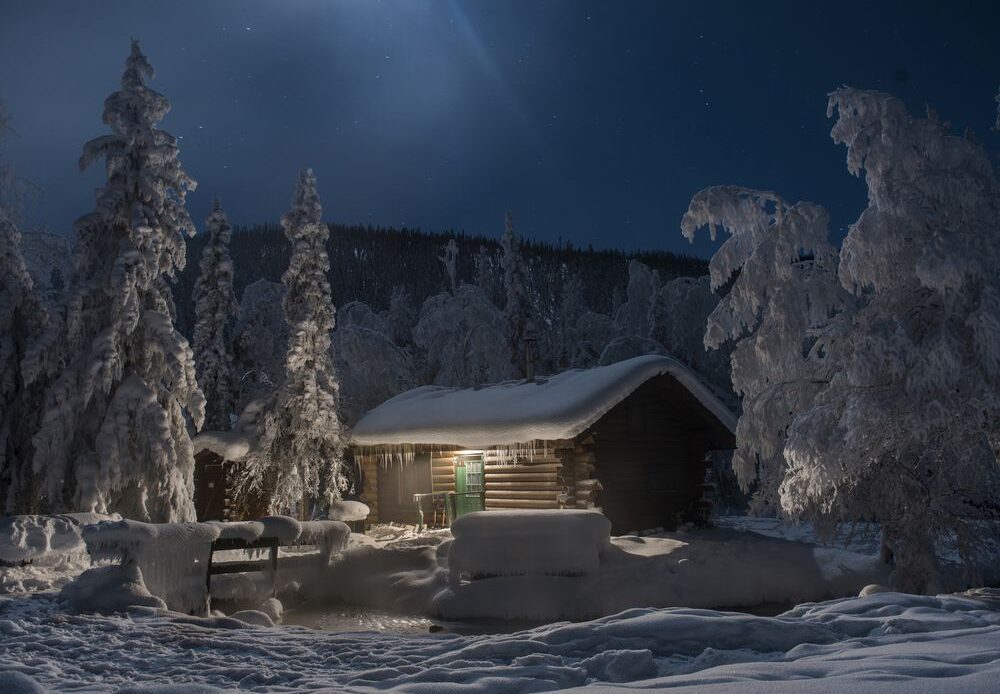The mineral-rich soak at Chena Hot Springs, about 60 miles northeast of Fairbanks, has been attracting tourists since the early 1900s.
Cavan Images/Getty Images
On the frozen Alaska tundra, hot springs are sources of life. Like an oasis in the desert, the warm waters fuel a microclimate abundant in trees, algae, insects—and the animals that rely on them for food.
But it’s not just flora and fauna that are attracted to Alaska’s hot springs; geothermally heated groundwater has long had a magnetic pull for people, too. Early 20th-century settlers prized hot springs because their heat extended the region’s growing season, which lasted only 60 days a year around the northern city of Fairbanks, explains Gwen Holdmann, founding director of the Alaska Center for Energy and Power at the University of Alaska Fairbanks. “When you were around hot springs, the ground was warm, so you were growing earlier and harvesting later,” she says.
Hot springs also made it possible to fuel indoor electricity and plumbing in areas that had none. A hotel built at Manley Hot Springs in 1907, long before there was anything even resembling an electrical grid in the Alaska interior, was entirely lit and heated by the natural energy produced there, says Jesse Born, part-owner of the Manley Hot Springs Resort.
Although Alaska has 79 thermal springs, half of which are concentrated on the Alaska Peninsula and Aleutian chain, only around 20 of them are used for energy, irrigation and bathing. Most don’t get more than a few thousand intrepid visitors a year. But a small handful of accessible springs that were first developed for tourism at the turn of the 20th century are popular. Chena Hot Springs Resort near Fairbanks, for example, welcomes 300,000 visitors to its healing waters annually, according to owner Bernie Karl.
Altogether, Alaska has three types of natural thermal springs, and only one kind, those found on the Aleutian Islands, is warmed by volcanic activity. The heat source for the water rising from the Central Alaska Hot Springs Belt, a band that stretches from Canada to the Bering Land Bridge, is different. It’s warmed not by magma but by the 90-million-year-old, uranium-rich granite through which it passes. As radioactive elements within the rock decay, heat is generated and transferred to circulating ground…
Click Here to Read the Full Original Article at Travel | smithsonianmag.com…
